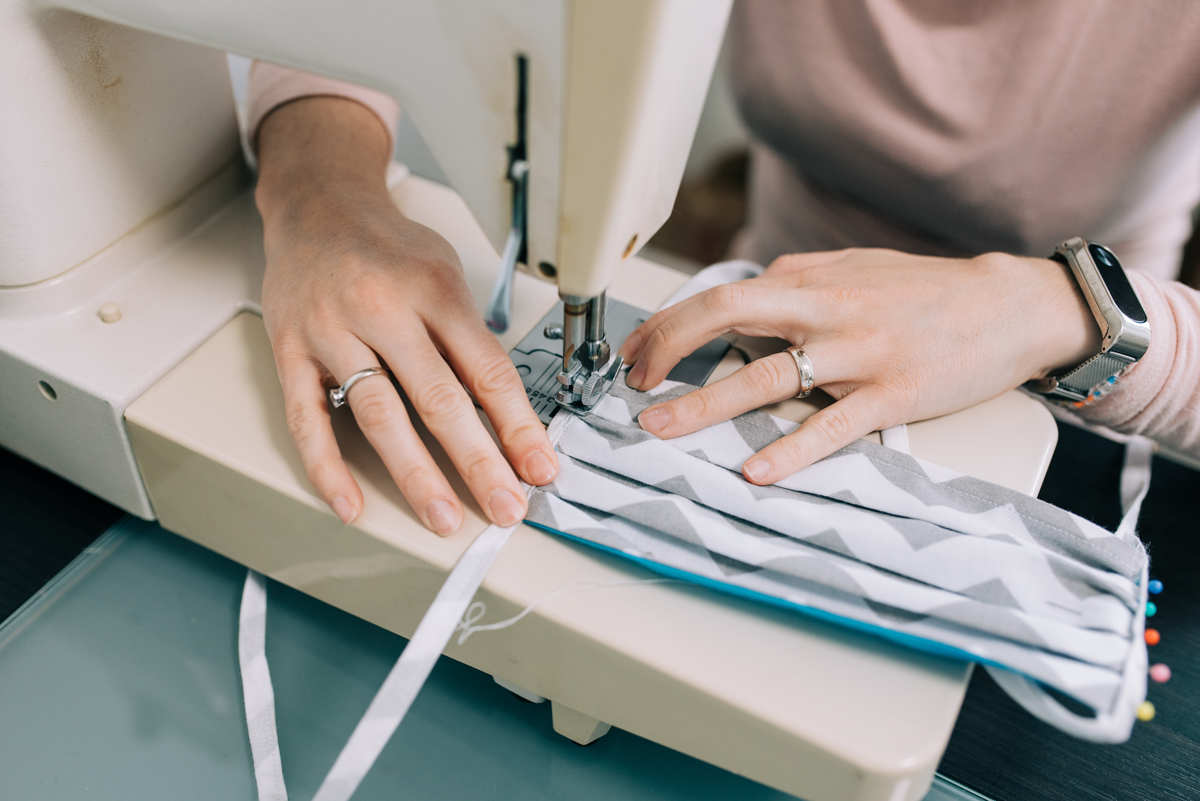DHHS' advice and instructions on how to make a cloth mask

The Victorian government’s mandatory mask declaration on Sunday has created an unprecedented surge in demand for face masks that has crashed websites, backlogged deliveries and even created a shortage of elastic.
Many people in Victoria, New South Wales, and other states are now looking into making their own face masks, but they may be unaware of the safety guidelines around making a mask that can protect themselves and others against coronavirus.
That's why today we're sharing the DHHS' instructions on how to make a cloth mask, so you can share them with your patients and loved ones. It can take as little as 15 minutes to make one using this pattern!
DHHS' advice and instructions on face masks
The DHHS' advice is that both cloth masks and single-use face masks (commonly called surgical masks) are suitable for use to prevent the spread of coronavirus (COVID-19).
The Victorian Government recommends a cloth mask made of three layers of a mix of breathable fabrics to ensure adequate protection and it does not need to be surgical grade to be effective.
Download the info sheet below and feel free to share it with your patients
Note: You can use Halaxy to send the link below to your patients, check the blue section below to learn more.
DHHS Information Sheet:
How to make a cloth mask - Instructions for making a cloth face mask
You can also watch the video:
Share the DHHS face mask instructions with your patients via Halaxy campaigns

Halaxy's in-built smart campaigns feature enables you to communicate with your patients and referral network as a whole through SMS or email. So you can create custom messages to keep your patients informed, promote services and even share the DHHS link on how they can create safer face masks at home.
Sending campaigns via Halaxy is easy and only takes 2 steps:
1. Create your SMS and/or email message
The communication template is the SMS and/or email you will be sending to patients or to your referral network.
Learn how to create templates
2. Create your list of contacts using Reports
Campaigns are created from reports, so you must first run a report that captures the audience you wish to contact.
Learn how to create your list of contacts using Reports
Here's a list of useful reports you can run to create campaigns.
Optional: Track your campaigns (sent, scheduled or cancelled) - run a Communication Report to check the status of all your campaigns.

